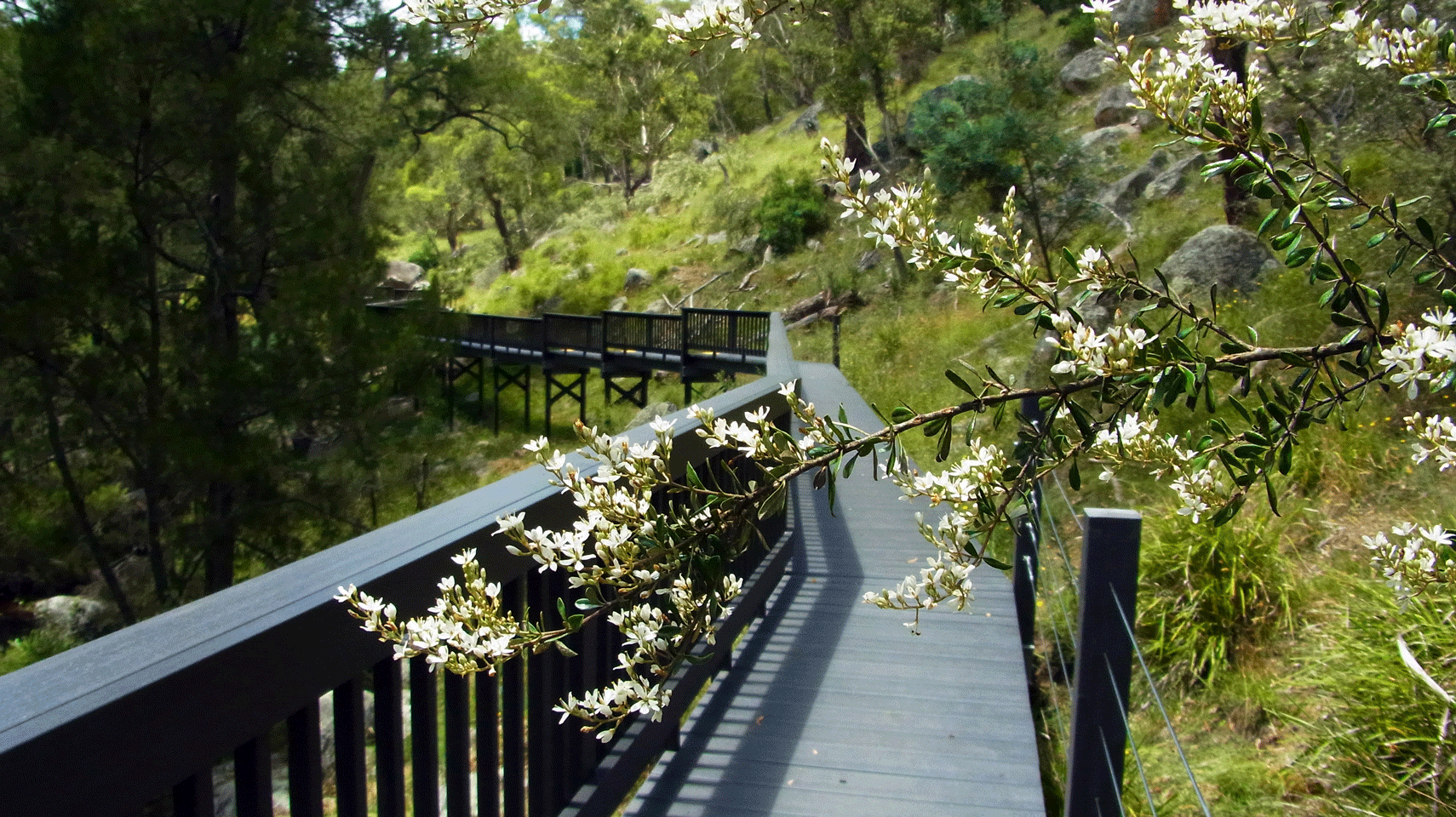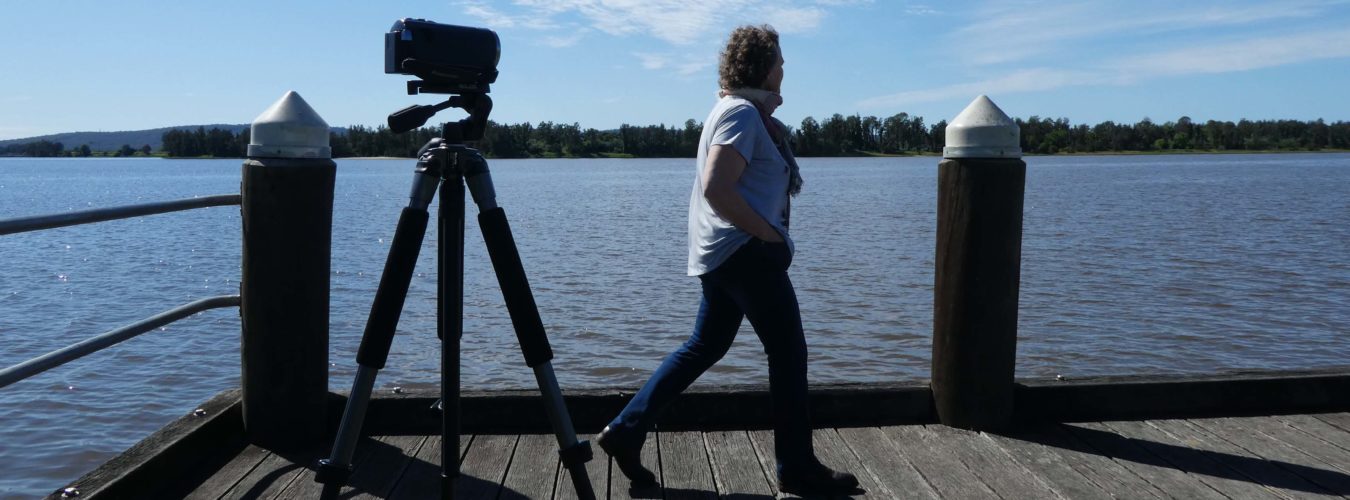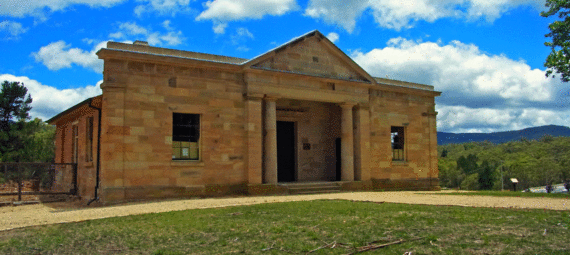About half way between Mt Victoria and Lithgow on the Great Western Highway there is a little village frozen in time.
It lies at the bottom of that colonial era road-building masterpiece – Victoria Pass. Even today – more than 180 years since horses and carts clattered along its route – this road still carries traffic down from the Blue Mountains and off into the wide expanses of western NSW.
Thousands upon thousands of drivers negotiate the pass every year – giving no thought to the incredible convict-built bridges and culverts beneath their wheels. Its a fine example of road building skills and methods of the day and represents the determined western spread of the European settlement.
The pass leads down the mountains to the historic settlement of Hartley. We’ve passed this village so often we feel like we’ve been there. You can see the unexpectedly grand sandstone buildings from the highway. Countless times we’ve made a mental note to call in one day when we’re not in such a hurry. But , life goes on and we’re always in a hurry, and we never turned off. Until this day.
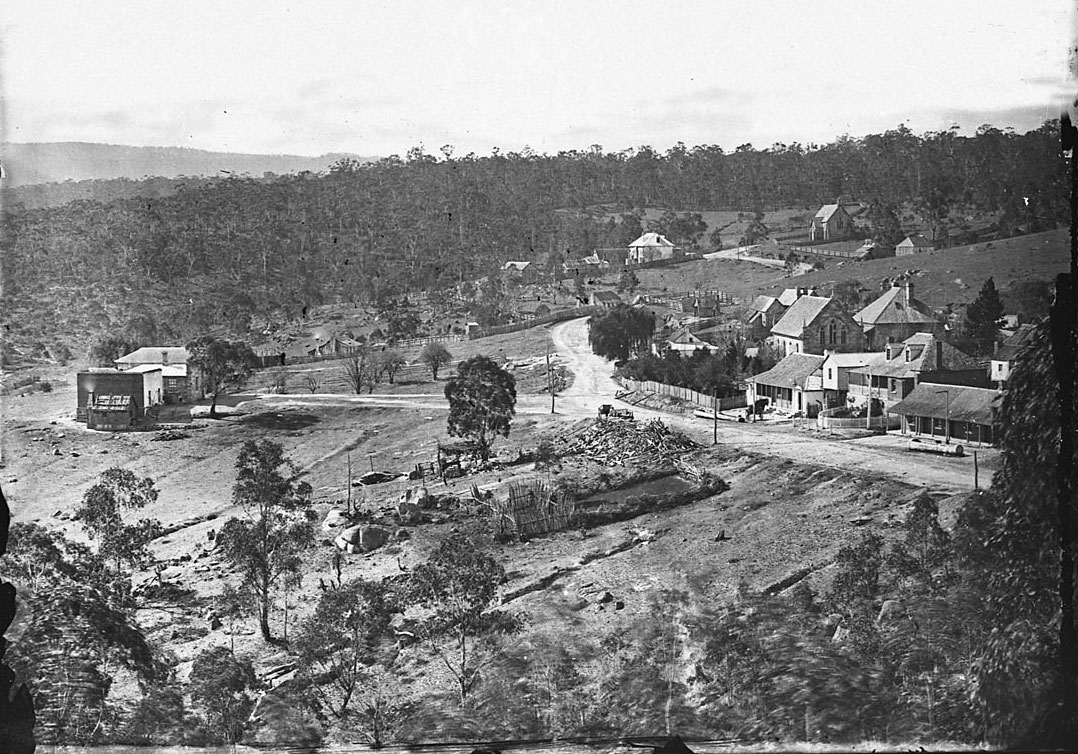
What we loved
This is one of those boom and bust stories, of changing fortunes and changing times. Hartley is 133 kilometres from the centre of Sydney. It started as an important stopping point for travellers crossing the Blue Mountains in the first decades of the 1800s. In the early 1830s there was no police station or court house between Penrith and Bathurst. Hartley was chosen to remedy that situation and by 1837 both had been built. By 1840 a town, with 16 streets laid out in a grid system, had been surveyed. Most of that town was never completed.
By 1846 there were 62 residents and 12 houses. Ten years later gold rushes fuelled growth until the town had doubled in size. It was one of the major stopping points on the route from Sydney to the Turon goldfields. All the usual retail and service industries of the day thrived – butchers, blacksmiths, and hotels to serve the miners and bullock drivers.
Kerosene shale was discovered in the area in the 1860s. This enabled the production, within Australia, of paraffin oil and kerosene. The discovery brought miners and their families and there were soon over 2000 people living in the town and it’s hinterland.
But just as it happens today – changing technology was coming to end Hartley’s days in the sun. In 1869 the railway line across the mountains but was routed through Lithgow. Hartly’s importance declined. By 1887 the functions of the court house had been transferred to Lithgow.
It experienced a minor resurgence in the 1930s and 40s when travelling to Jenolan Caves (50 km away) was all the rage. It was still a stopping point for cars on the Great Western Highway but even that too would change. Cars became more reliable and could travel further and ceased stopping at Hartley which slowly faded away into history.
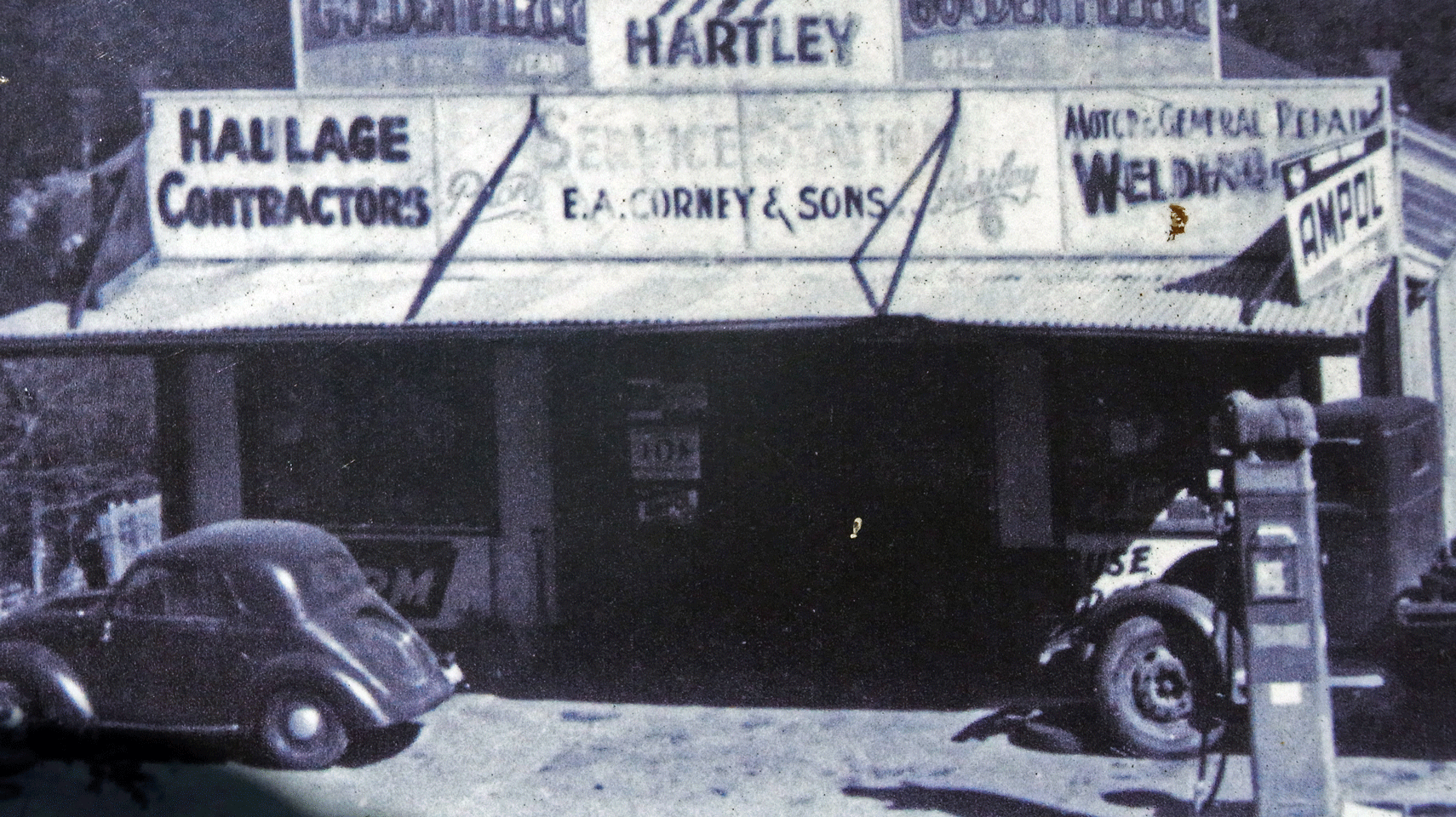
Today Hartley is a well preserved remnant of past times. It is controlled by the NSW National Parks and Wildlife Service as a historic site. There’s a visitor’s centre which opens at 10am where you can get a drink or a snack and there’s a small gallery featuring local indigenous art. The site is heritage listed and the NPWS describes it thus:
“This exceptionally well-maintained village is of national historical significance as a substantial early nineteenth-century settlement. It tells modern visitors a great deal about the expansion of European development in inland Australia and the beautiful old buildings illustrate the changing role and fortunes of Hartley from first settlement of the inland to the beginning of the motor transport era.”
What we did
Wander the buildings
This, after all, is the reason we called in, and the buildings are certainly impressive. There’s about a dozen in excellent condition and all well signposted – churches, old hotels and public buildings. Here’s the main ones:
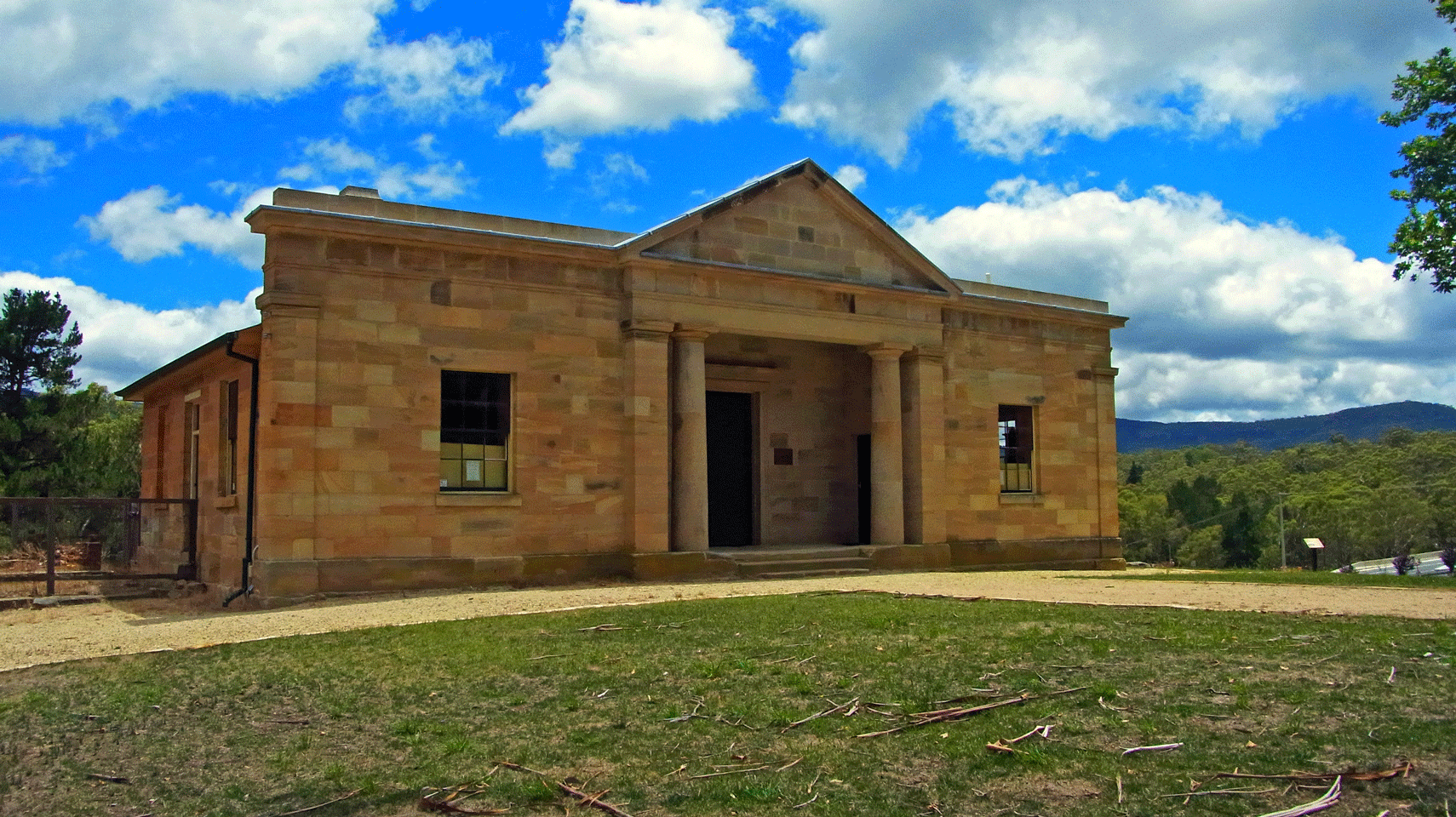
Hartley Court House
This was my favourite bit of the whole place – and that’s mainly due to the work the NPWS has put in to make this piece of history come to life. Pay the small fee at the vistors centre to enter the building. You punch in a code to let yourself through the creaky old doors. There’s a holographic display where a convict speaks to you about his tough life – which was very engaging. As you walk though the rooms, recordings create a soundscape picture of what must have gone on there. It cost $6 and is well worth it.
Hartley Court House was designed by colonial architect, Mortimer Lewis and completed in 1837. There’s a courtroom and a couple of convict lockups where early prisoners scratched their names, their sentences and their crimes into the timber-lined walls.
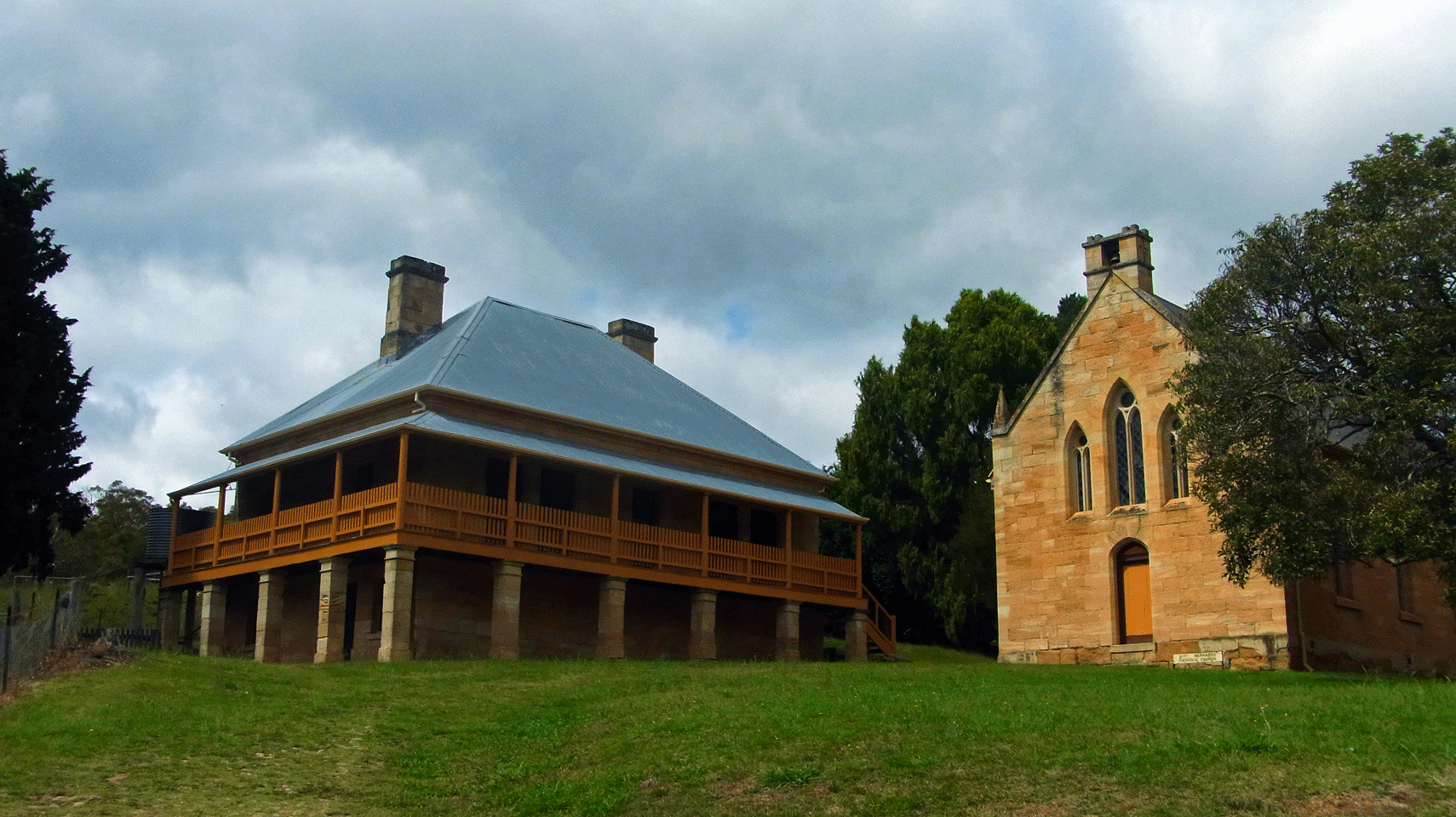
St Bernard’s Church and Presbytery
Built in the late 1850s, both buildings are well preserved. Once a home for the priests who held mass at St Bernard’s Church (1848). You can also go inside the historic St Bernard’s Church for a few more dollars – but we didn’t get to that during this visit.
St Bernard’s was built from locally quarried stone in a distinctive French style.The sandstone altar was hand-tooled to look like marble. The presbytery was recently sympathetically developed as accommodation. You and three friends can stay here for about $400 a night. Read more.
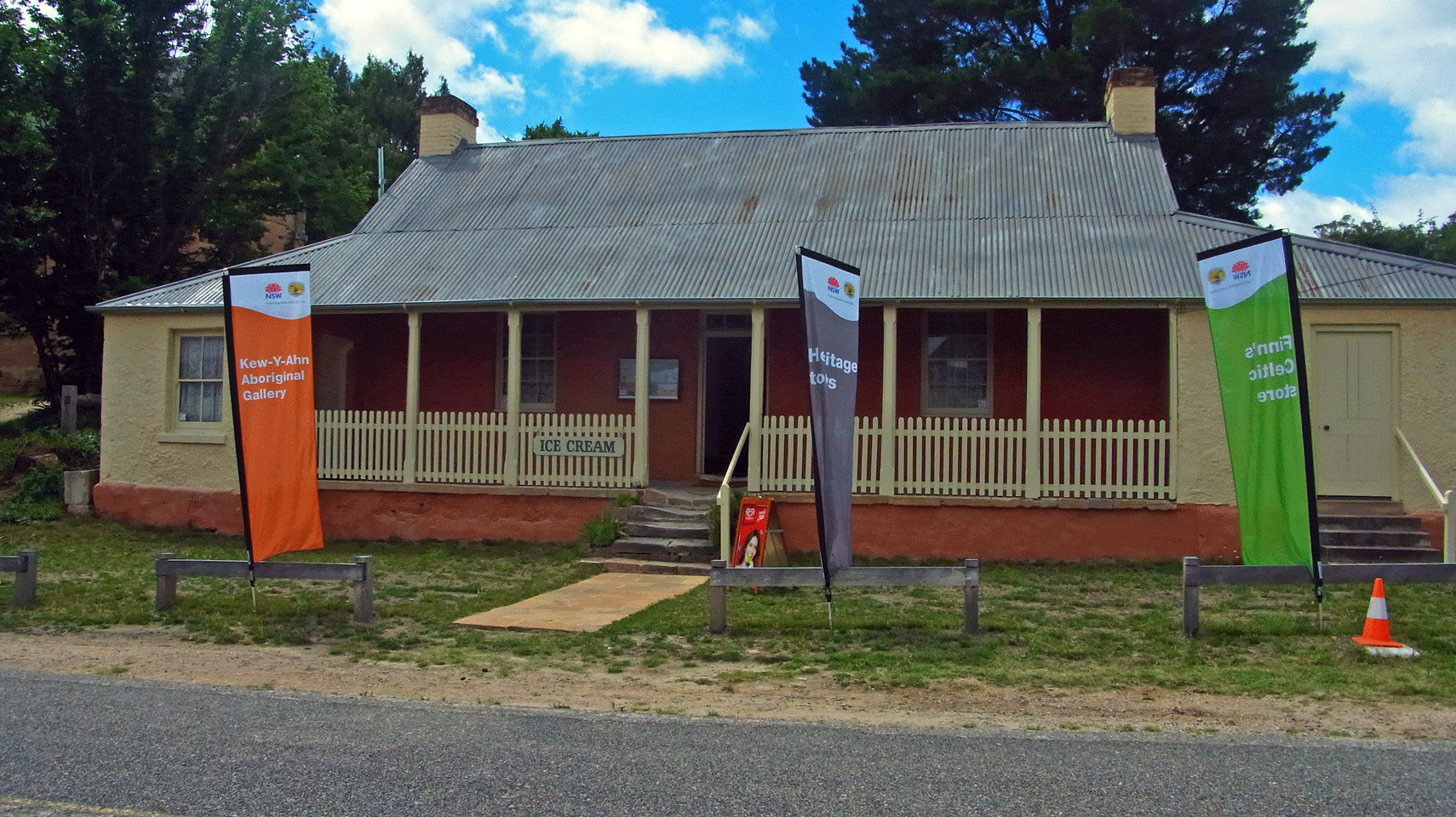
Farmer’s Inn
Next to St Bernard’s is The Farmer’s Inn which dates from the mid-1840s. Originally built as a house by the Finn family it became an inn to take advantage of the accommodation requirements of miners heading for the Turon goldfields. It has changed a number of times but at core it was built of sandstock bricks and shingles – both of which can still be seen.
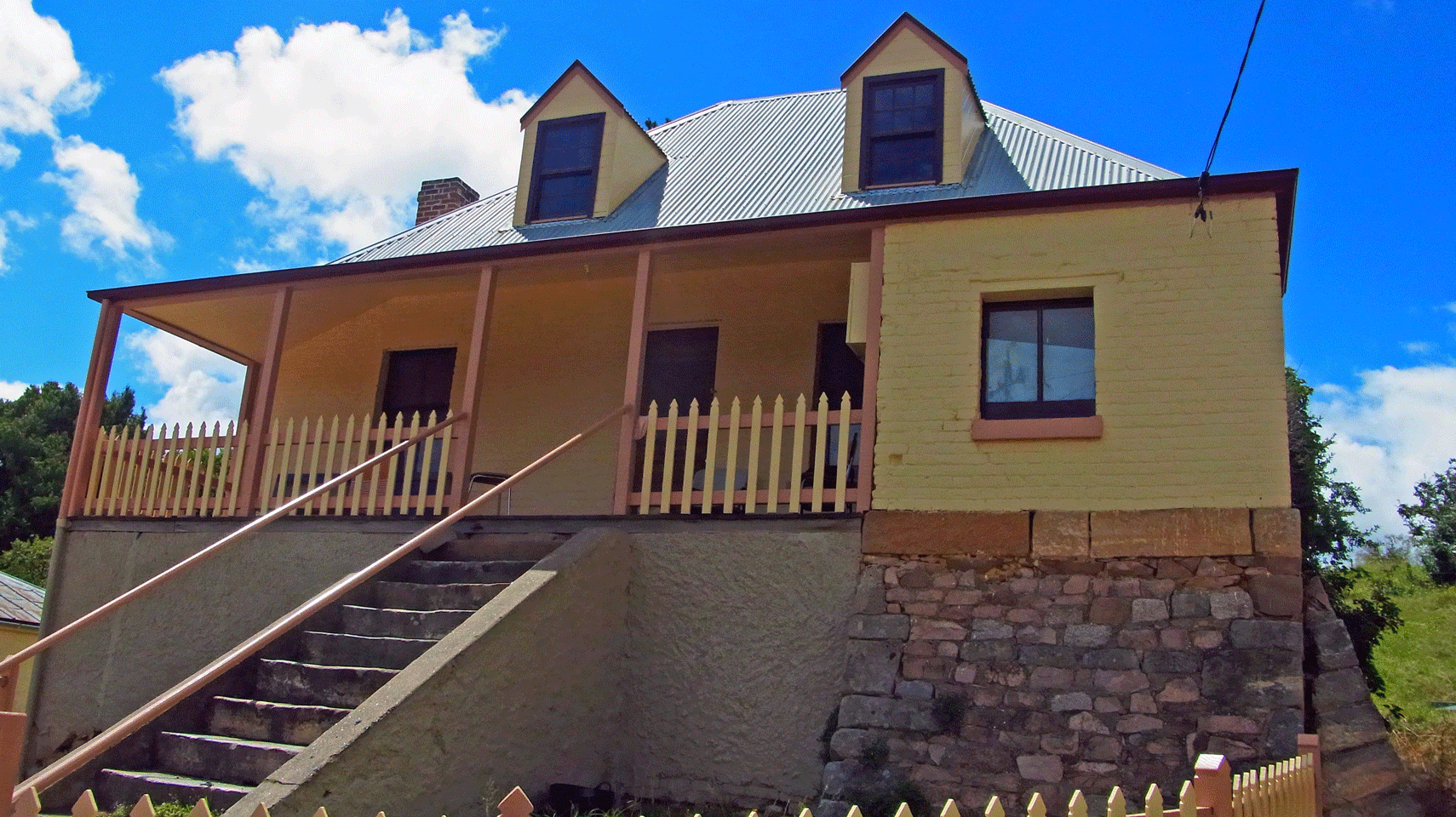
Ivy Cottage
Beyond the Farmer’s Inn is Ivy Cottage. It was built in the 1850s by the Finn family and soon became the Police Magistrate¹s house. It’s privately occupied at the moment so remember to give the occupants their privacy.
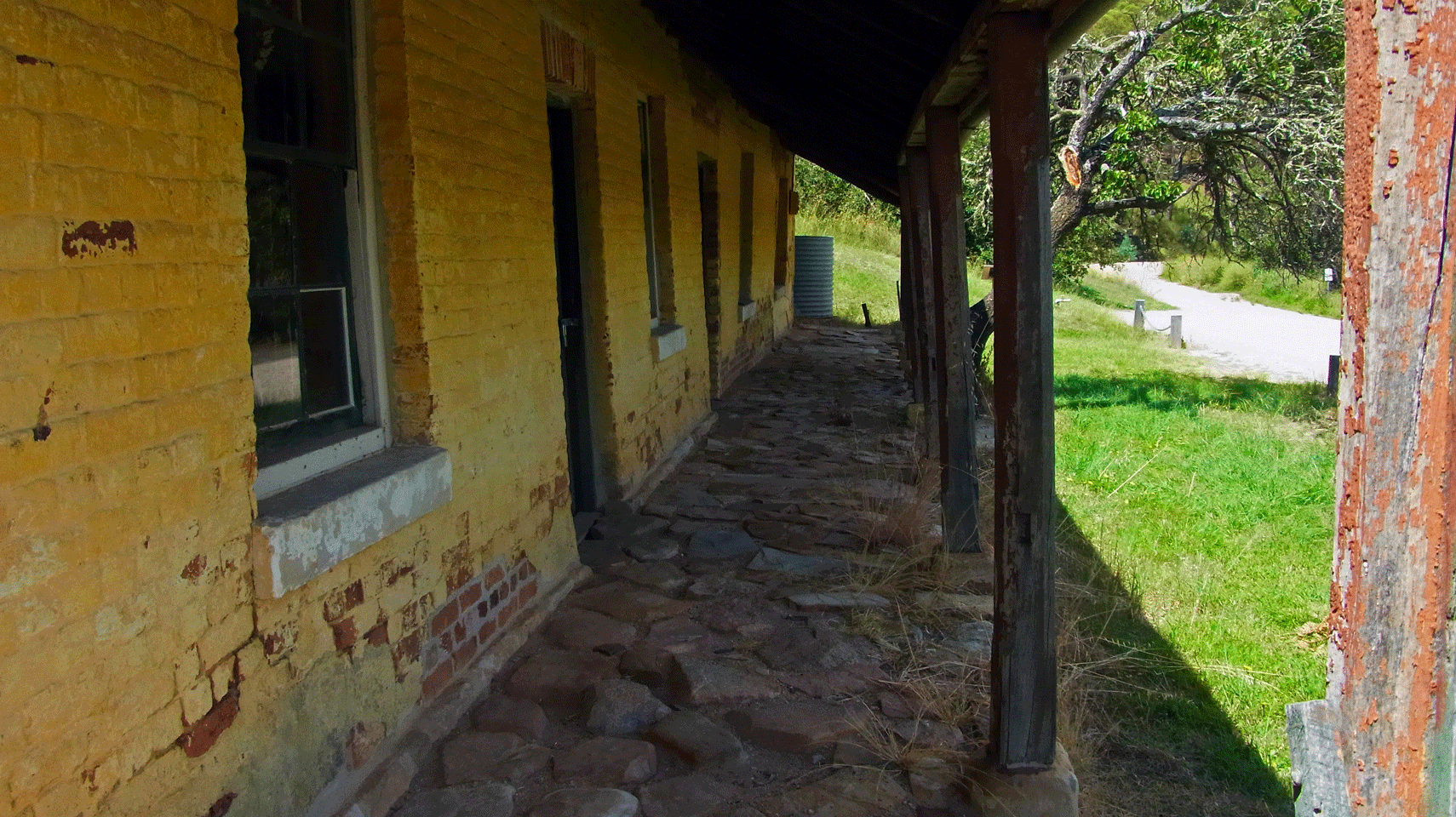
Shamrock Inn
The Shamrock Inn, the last building in the main street, was built in 1856 and was a popular haunt of miners bound for the goldfields. The gnarled and lichen encrusted tree that leans precariously over the verandah adds to the atmosphere.
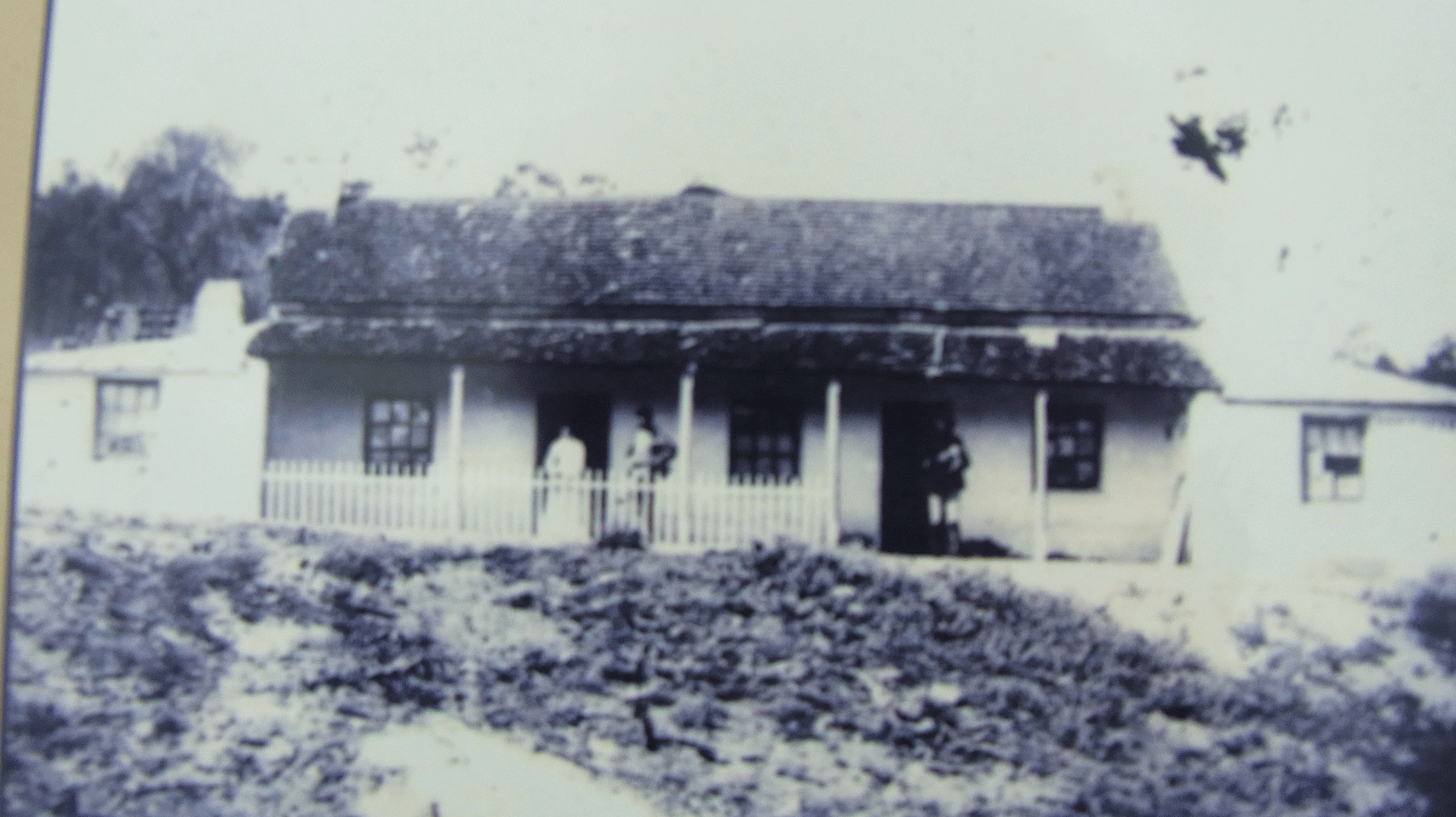
Old Post office
The Post Office has parts which date from the mid-1840s. These days this houses the Old Hartley Post Office Cafe – unfortunately not open on the day we were there. Their website says “Delicious home style cooking, anything from a home cooked Cake, Lovely Devonshire Tea, Light snack or a Hearty meal” There are public toilets at the rear.
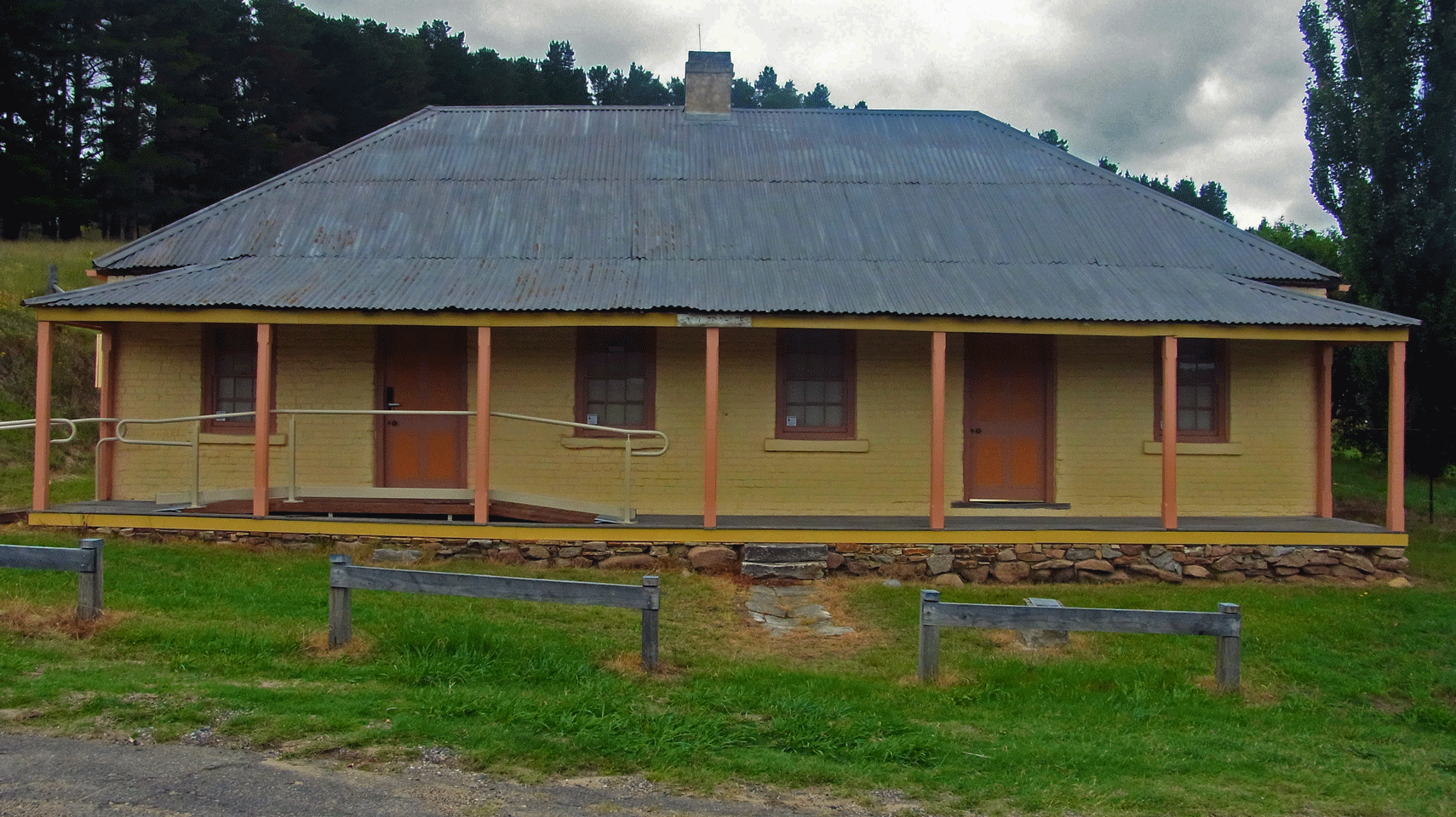
Old Trahlee
Two semi-detached cottages dating from the 1840s which can also be rent out from NPWS. An Irish couple built it and named it after their old home town. The family owned the building for more than 70 years.
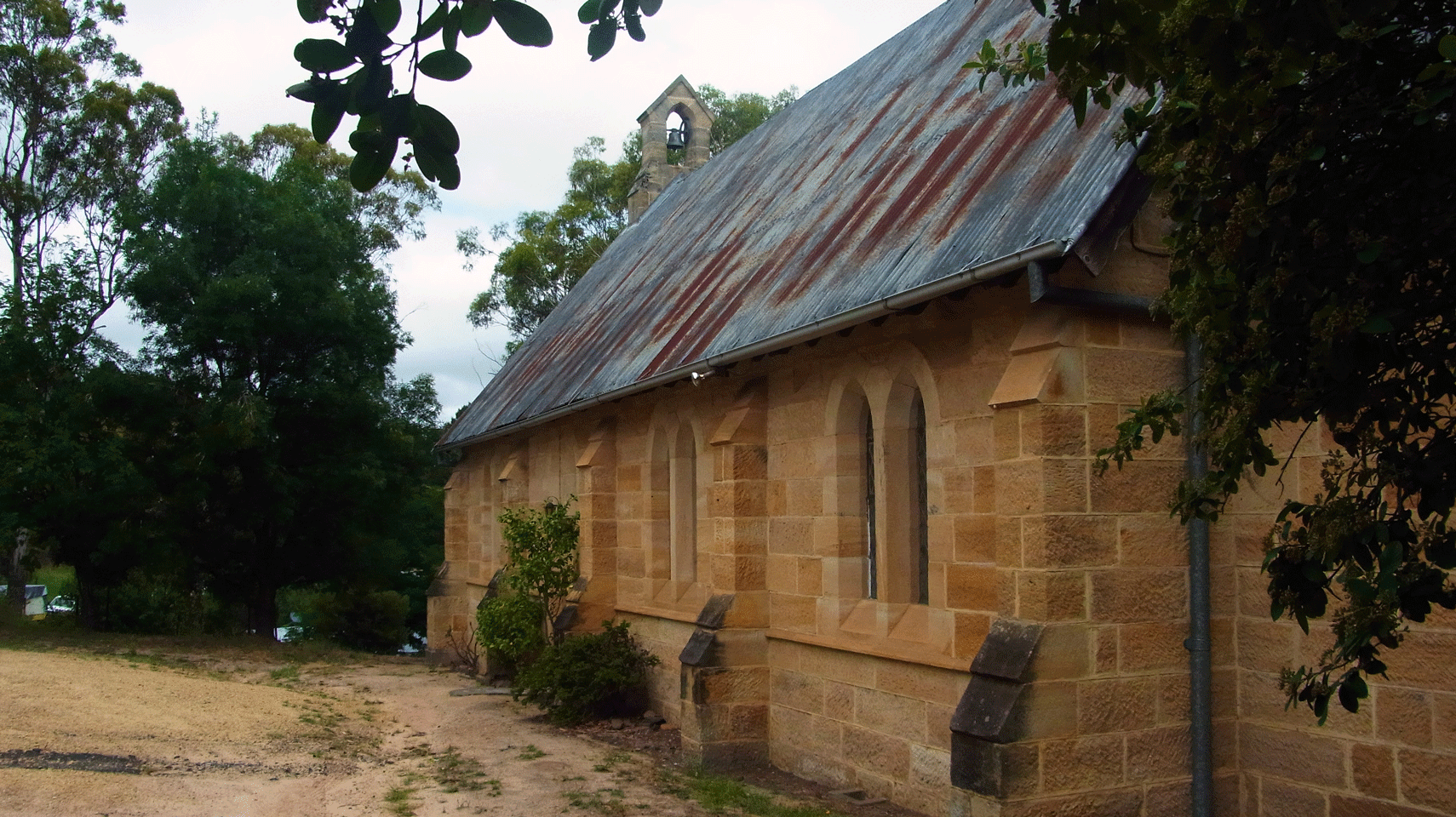
St Johns Church
Lovely old stone church designed by Edmund T Blackett in a very simple early design. It opened in 1859. It’s still an operating church in the Parish of Blackheath.
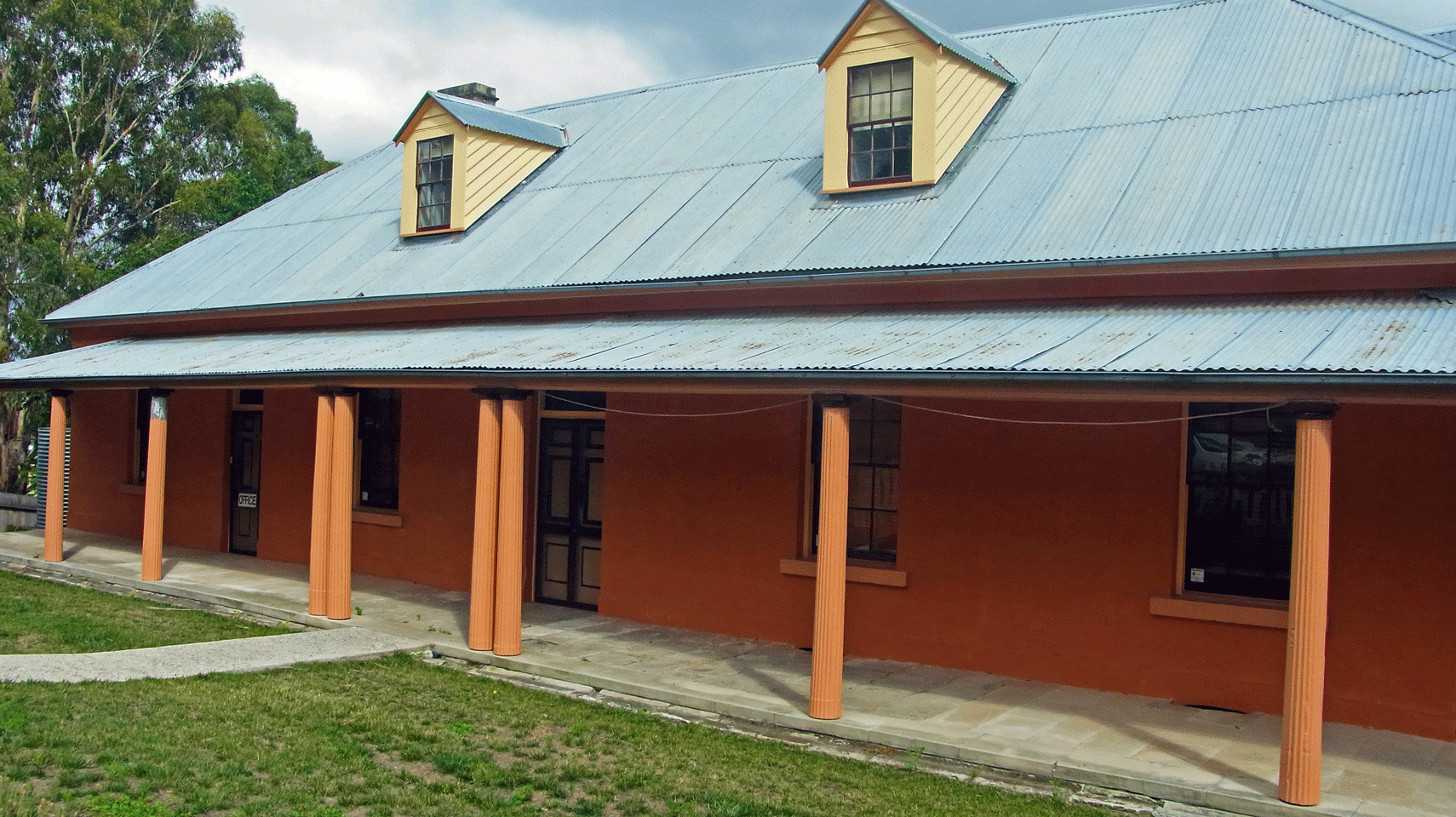
The Royal
Over the road is the former hotel, The Royal – now a NPWS office. It opened in 1849 and soon became the local booking office for Cobb and Co. One of 12 hotels that once existed in the small community.
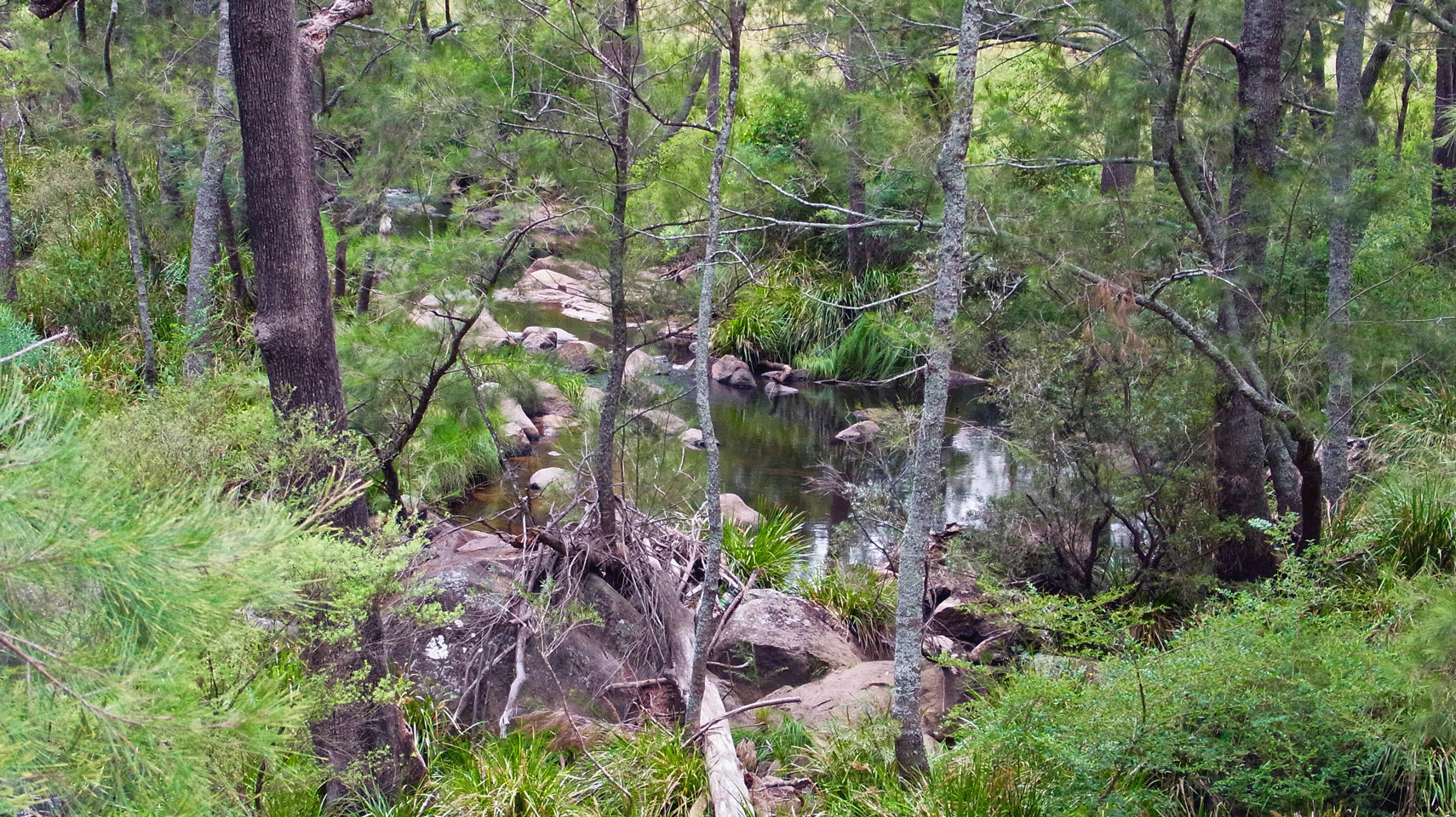
The River Walk
This is a relatively new addition to the site. The path begins near the old garage and zig zags down the hill to River Lett. A boardwalk built entirely from 1800kg of recycled materials takes you along the peaceful banks of the river – surrounded by the sound of babbling water, bird calls and wind in the she oaks. It’s really very lovely and even on the hot day of our visit it was very cool. The path ends at the ruins of an old cottage by the river. This is fenced off for safety reasons – but interesting none the less. It’s surrounded by a grove of old fruit trees – reminding of a time when people living at such places did not have the convenience of a supermarket up the road or the means to easily travel.
